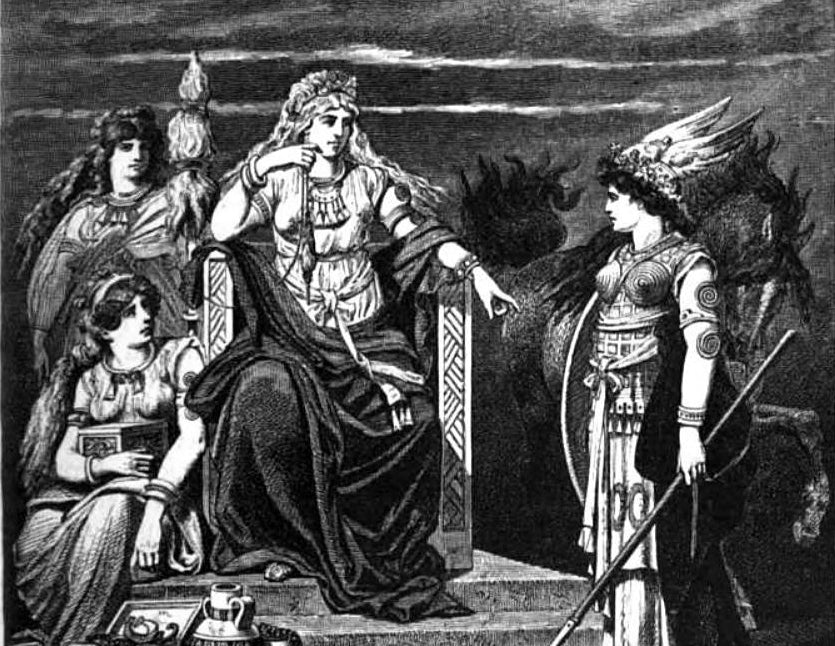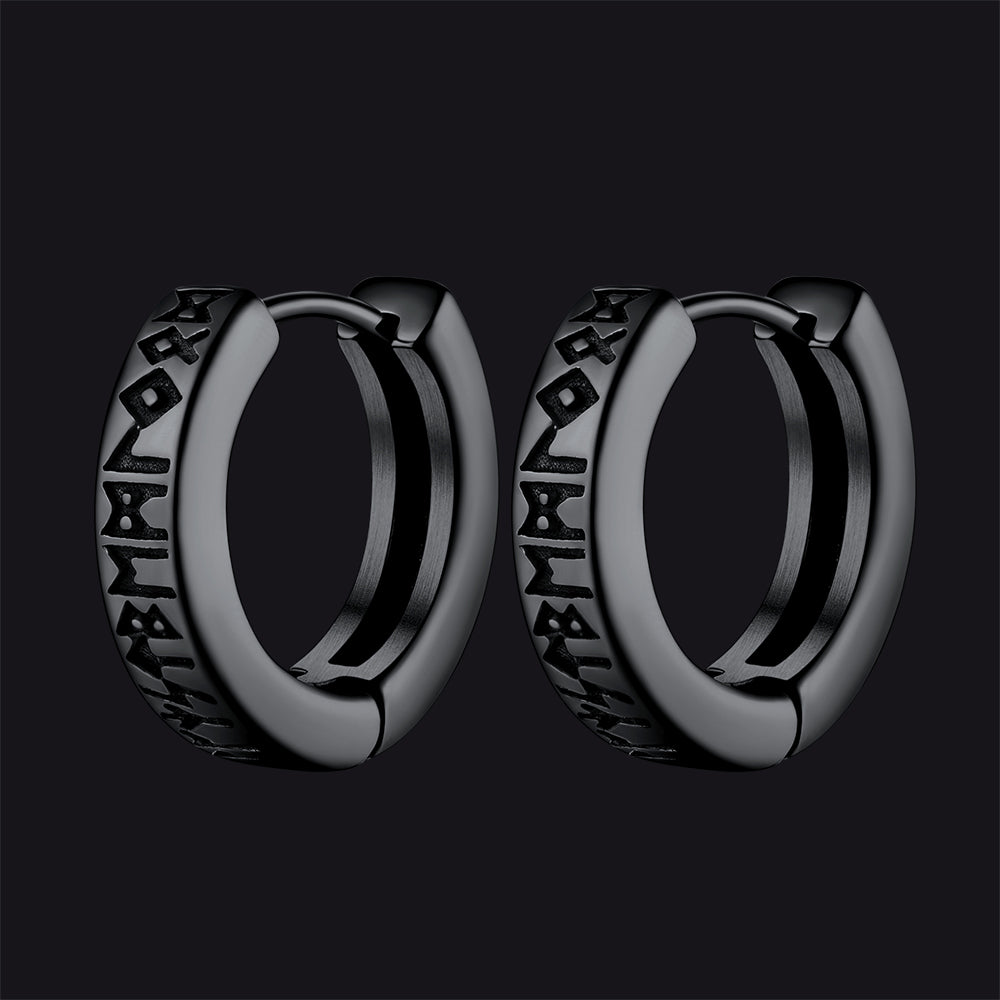15 Powerful Viking Goddesses You Need to Know
Most folks think of Norse mythology and picture powerful guys like Odin with his ravens, Thor swinging his hammer, or the trickster Loki causing trouble. But the Viking world also featured a strong cast of goddesses. These female figures weren't just side characters; they held real power and influenced everything from love and war to fate itself. This piece will introduce you to 15 of these impressive Viking goddesses you should know.
The Great Queens: Power and Influence
The Viking pantheon had its share of queens, ruling alongside the gods and wielding significant influence. These goddesses were central figures, their power touching many aspects of Viking life and belief.
Frigg: The All-Knowing Queen and Goddess of Family
Frigg, the wife of Odin, sat at the very top as queen of the Æsir gods. She was the goddess of marriage, motherhood, and running the home. Folks believed Frigg had the gift of prophecy and knew what was going to happen to everyone, but she mostly kept this knowledge to herself. As the mother of many gods and a powerful figure in her own right, Frigg was deeply respected and looked to for guidance in family matters.

Freyja: Goddess of Love, War, and the Magic of Seiðr
Freyja, leading the Vanir gods, was a force to be reckoned with. She wasn't just about love and beauty; she also had a strong connection to war and death. When warriors fell in battle, Freyja got to choose half of them to join her in her hall called Fólkvangr. She also possessed a special kind of magic called Seiðr, which allowed her to see the future and cast spells. With her chariot pulled by cats and a cloak of falcon feathers that let her fly, Freyja was a captivating and potent goddess.
Goddesses of Nature, Life, and Sustenance
Not all goddesses lived in the great halls of Asgard. Many were closely tied to the natural world and the rhythm of daily life. They were the ones who watched over the earth, the harvest, and all the things that helped communities survive and thrive.
Sif: The Goddess with Golden Hair
Sif, the wife of the thunder god Thor, was known for her incredible golden hair. It wasn't just beautiful—it was said to represent the golden fields of wheat at harvest time. Because of this, Sif was the goddess of the earth, fertility, and plenty. Her job was to make sure the land was healthy and the harvests were good, helping her people to flourish.
Idun: Keeper of the Apples of Youth
Idun had one of the most important jobs in Asgard: she was the keeper of the golden apples that kept the gods young. Without her enchanted fruit, the gods would grow old and frail just like mortals. Because of this, she is a symbol of new life, youth, and rejuvenation. She was also married to Bragi, the god of poetry, which links her world of life-giving power to the spark of creative inspiration.

Skadi: The Independent Goddess of Winter and the Hunt
Skadi was a giantess who brought the untamed spirit of the mountains right to the gods' doorstep. After her father was killed, she didn't seek revenge; instead, she bravely traveled to Asgard to demand justice, which led to her marrying one of the gods. As the goddess of winter, skiing, and hunting with a bow, Skadi stands for rugged independence, personal strength, and the wild beauty of nature.
Gefjon: The Goddess Who Plowed New Land
Gefjon's story is an incredible one about shaping the very earth itself. Legend says she turned her four sons into giant oxen and had them plow so hard that they ripped a huge piece of land right out of Sweden. That land became the island of Zealand in Denmark. Because of this amazing deed, Gefjon was seen as a goddess of the plow, of fresh starts, and of the deep connection people have to the land they call home.
Viking Goddesses of Society, Wisdom, and Law
The Viking world also had goddesses who were in charge of keeping society running smoothly. They represented wisdom, justice, and the importance of keeping your word, helping to guide the community's values.

Eir: The Healing Hand of the Gods
Eir was the goddess of healing and medicine. She was known as the best doctor among the gods and was called on to help with sickness and wounds. Eir stood for the importance of good health, offering comfort and the hope of recovery to those who were suffering.
Sága: The Wise Companion of Odin
Sága was a wise goddess who was a close friend of Odin. They would often meet at her hall, Søkkvabekkr ("sunken benches"), to drink and trade stories about history and lore. Sága herself was a figure of wisdom, storytelling, and the power of memory. Her close ties to Odin implied that she had a deep understanding of the secrets of the universe.
Vár: The Keeper of Oaths
Vár was the goddess who paid close attention to every promise and oath people made. If anyone dared to break their word, she was the one who made sure there was a price to pay. She stood for the sacred power of an oath and the importance of the trust that held Viking communities together.
Syn: The Guardian of Justice
Syn was the guardian of doorways, both literally and figuratively. In legal matters, she was the one who would "bar the door" against liars or anyone with a false claim. She defended the accused to make sure they got a fair hearing. Syn was a symbol of protection, fairness, and seeing that the right thing was done.
Snotra: The Goddess of Wisdom and Grace
Snotra was the goddess of wisdom and what you might call social grace. She represented the importance of self-control and being considerate of others. In a world full of warriors, Snotra was the one who reminded people to be thoughtful, composed, and polite.

Lofn: The Goddess Who Blessed Forbidden Love
Lofn was a special goddess with a unique job: she could help couples whose love was forbidden. If two people wanted to be together but faced obstacles, Lofn could go to Odin and Frigg to get their blessing so the marriage could happen. She stood for compassion and the idea that sometimes, love doesn't have to follow the rules.
Viking Goddesses of Destiny, Death, and the Underworld
The Vikings had deep beliefs about fate and the afterlife, and several powerful goddesses were in charge of these realms, deciding the futures of both gods and humans.
Hel: The Ruler of the Norse Underworld
Hel ruled over the realm that shared her name, Helheim—the underworld for those who died of sickness or old age, not in glorious battle. As Loki's daughter, she was an imposing figure, often described as being half a beautiful woman and half a decaying corpse. Hel stood for the stark finality of death, not as an evil force, but as an inescapable part of the natural order.
The Norns: Weavers of the Threads of Fate
The Norns were three powerful beings who held more sway than even the gods, as they decided everyone's fate. Known as Urðr (the Past), Verðandi (the Present), and Skuld (the Future), they spent their time weaving the threads of destiny for every person born. Their decisions were absolute—once a thread was woven, it could not be changed. They represented the unstoppable march of time and the idea that destiny is set.
Sigyn: The Unwavering Goddess of Loyalty
Sigyn is remembered as the fiercely devoted wife of Loki. When the gods punished Loki by binding him under a snake that dripped venom on his face, Sigyn stayed by his side. She held a bowl to catch the poison, trying to ease his endless torment. Her story isn't about magic or power, but about incredible loyalty and compassion in the face of horrific suffering, making her a powerful symbol of devotion.
Recognizing the Influence of Norse Goddesses
The stories of these goddesses fill in the missing pieces of Norse mythology. They weren't just wives or mothers; they were rulers, warriors, and seers who were central to the Viking world. Learning their power reveals a belief system that was far more balanced and dynamic than many realize.
4 FAQs About Viking Goddesses
Q1: Who held the most power among the Viking goddesses?
A: It's tough to pick just one. Frigg, as Odin's wife, had immense authority and knowledge. Freyja commanded powerful magic and had a strong connection to both love and war. Hel ruled the realm of the dead. Their power manifested in different but equally significant ways.
Q2: What distinguished Frigg from Freyja?
A: While both were highly regarded female deities, Frigg belonged to the Æsir and focused on marriage, family, and prophecy. Freyja was a Vanir goddess associated with love, beauty, fertility, magic, and war. They represented different spheres of influence and had distinct roles within the Norse pantheon.
Q3: Were the Valkyries considered goddesses?
A: Valkyries were Odin's female helpers who chose fallen warriors for Valhalla. While they were powerful, supernatural beings with important roles, they are generally considered divine spirits or minor deities rather than goddesses in the same vein as Frigg or Freyja.
Q4: Why are these goddesses sometimes less well-known than the male gods?
A: A lot of our surviving information about Norse mythology comes from texts written down by Christian scholars centuries after the Viking Age ended. These writers may have focused more on the aspects of the culture that aligned with their own interests, potentially leading to a greater emphasis on the male warrior figures.



